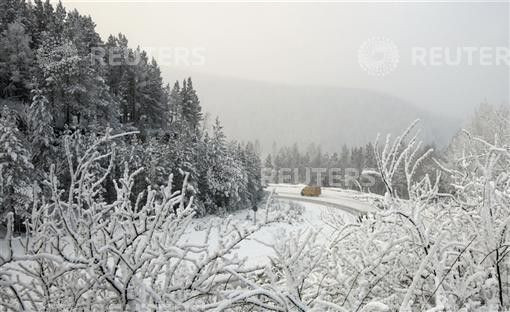Ice Age Flower Revived: Rare Plant Brought to Life by Russian Scientists

In a rare feat accomplished by Russian scientists, a flower, that has been frozen in time for for nearly 30,000 years, was revived.
Russian scientists discovered a burrow, believed to be from an Ice Age squirrel. Inside the burrow was fruit and seed of a Silene stenophylla stuck in a Siberian permafrost. From the fruit tissues, the scientists were able to revive the plant in an experiment that could pave the way for revival of other species, reported The Associated Press.
We consider it essential to continue permafrost studies in search of an ancient genetic pool, that of pre-existing life, which hypothetically has long since vanished from the earth's surface, the scientists said, according to their published findings in Tuesday's editions of Proceedings of the National Academy of Sciences.
While Canadian researchers have regenerated younger plants, the Silene stenophylla became the oldest plant to ever be revived.
It's a very viable plant, and it adapts really well, said Svetlana Yashina of the Institute of Cell Biophysics of the Russian Academy Of Sciences, according to The Associated Press. Yashina hopes the plant will continue to thrive and that the Russian researchers will be able to regenerate more plant species.
The scientists recovered the fruits after they investigated dozens of burrows hidden in ice deposits near the Kolyma River in Siberia. The sediments date back 30,000 to 32,000 years ago. The sediments naturally froze and cemented together, leaving it undisturbed by nature.
The squirrels dug the frozen ground to build their burrows, which are about the size of a soccer ball, putting in hay first and then animal fur for a perfect storage chamber, said Stanislav Gubin, one of the authors of the study. It's a natural cryobank.
Gubin hopes that this revival of the Silene stenophylla will lead to the discovery of other extinct plant life. He even hopes it could lead him and his team to other extinct animals.
If we are lucky, we can find some frozen squirrel tissue, Gubin said. And this path could lead us all the way to mammoth.
© Copyright IBTimes 2024. All rights reserved.











